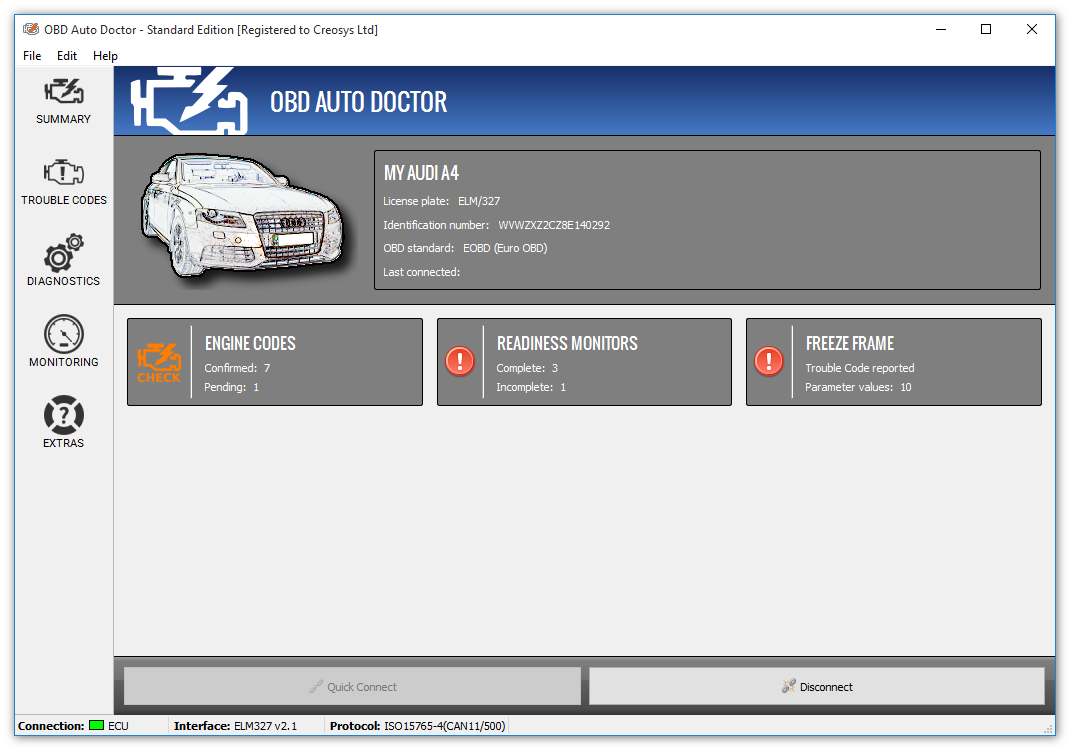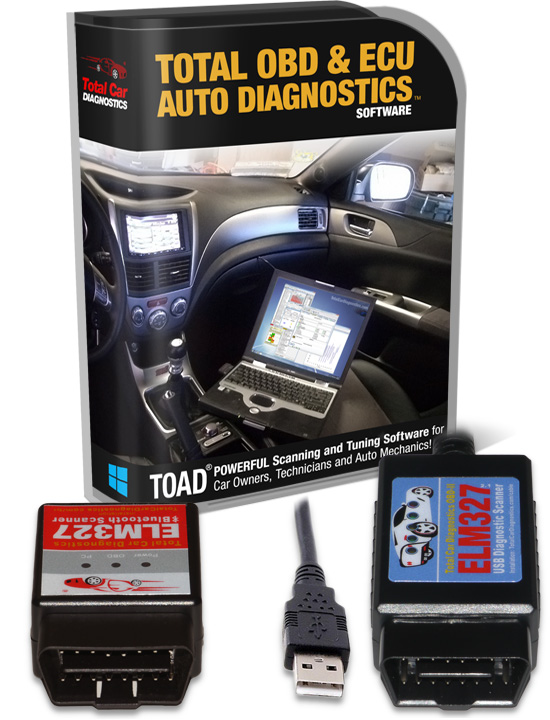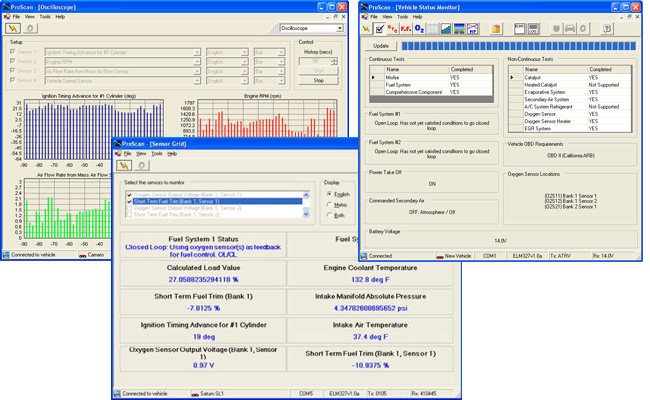

You should see the main menu: If you select "read codes" now you will see the error codes along with explanations of what they mean (the codes are standard, but sometimes manufacturers have non-standard meanings, so you may get more than one explanation for each code): If you know what the code means and you are sure you want to clear it, you can select clear. Now turn the ignition on, and then launch scantool: (You should see dialout as one of the groups in the list). To make the changes to your groups take effect, you need to either log out and back in, or you can use the newgrp command, which will let you use the new group straight away by changing your group ID to the one you specify, in this case dialout: Running it as root is lazy - don't do it! Usage / Screenshots While running it with sudo would work, it violates the principle of least privilege: scantool doesn't need superuser privileges to run, it just needs to be able to read the OBD interface.

When researching before trying the software out, I noticed someone recommending you run scantool with root so that it can read the device.

This is owned by root with the group dialout, so the proper way to run the scantool software is to add your user to the dialout group, e.g.: The software needs to access the OBD device, which is found at /dev/ttyUSB0. Installation for this one is really simple: it's in the Ubuntu Universe section. I opted for a generic £6 USB model from Amazon, which took ages to arrive but worked fine. OBD connectors come in USB and bluetooth variants, and you can pay through the nose for a fancy one or go with a cheap chinese knock-off.

My boring old 2004 Ford Fiesta has one behind a little flap under the steering wheel. In 2007, the regulations were updated and now require all cars to have an OBD-II connector within 0.61m of the steering wheel, which makes it easily accessible. Since 2004, the EU has required all cars to have a compatible connector for On Board Diagnostics. What is an OBD Connector and Where to get one Here's how to install and use the software, and some screenshots. I was pleased to find that there was some decent Free Software available for Linux called Scantool that enabled me to read and clear the codes on my car. So, I decided to buy myself a USB connecter for the car's On Board Diagnostics (OBD) and see if I could get it working with Linux (specifically Kubuntu, but I doubt it matters). Taking the car to the garage to get the code cleared means I lose the car for a day, which is getting annoying. My car has been a real pain recently: it has a recurring error code that the garage can't seem to fix (apparently, it's a fault in the air conditioning, but the car doesn't even have air con!).


 0 kommentar(er)
0 kommentar(er)
